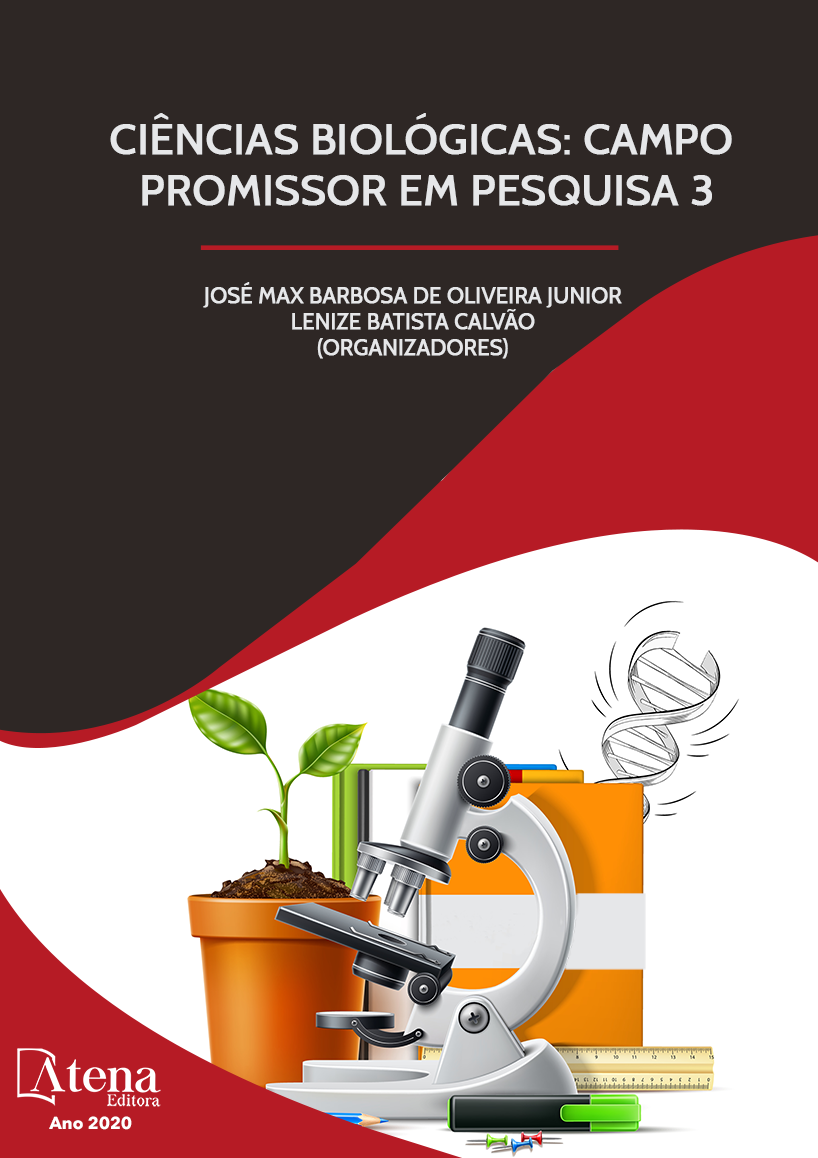
ESTUDO MORFOLÓGICO E HISTOQUÍMICO DE Adiantum latifolium Lam. (PTERIDACEAE, PTERIDOPHYTA) OCORRENTE NO CAMPUS DA UNIVERSIDADE ESTADUAL DE SANTA CRUZ – UESC – ILHÉUS – BA
Adiantum latifolium Lam. é uma espécie nativa da América tropical que ocorre do México à Argentina. Pode ser encontrado em sub-bosques úmidos, nas margens das trilhas, perto de cachoeiras e nascentes. Este estudo teve como objetivo descrever a anatomia e os compostos químicos do esporófito de A. latifolium. O material vegetal foi coletado em sub-bosques de florestas secundárias do sistema agroflorestal de cacau. Os cortes foram realizados à mão, usando navalhas de aço e usando isopor como suporte. O procedimento de diafanização foi realizado e as seções foram coradas com azul alciano e safranina para realizar a análise anatômica. Para os testes histoquímicos, foi utilizado material fresco. Sudam foi usado para identificar lipídios; Lugol, amido; Cloreto férrico, composto fenólico; Vanilina clorídrica, taninos; cafeína e DMACA, flavonóides; floroglucinol acidificado, lignina e reagente de Wagner, alcalóides. A raiz é protostélica e apresenta córtex do colênquima; o rizoma possui um córtex parenquimatoso e um cilindro vascular em forma de ferradura; o pecíolo e o ancinho têm epiderme uniseriada, esclerênquima, córtex parenquimatoso e um feixe vascular; a folha é hipoestomática com mesofilo homogêneo, apresenta epiderme unisseriada com paredes anticlinais sinuosas, idiosblastos de esclerênquima nas duas faces e feixe vascular concêntrico anficival nas veias. A maioria dos compostos testados foi detectada na planta, com exceção dos alcalóides na lâmina da folha. Os resultados deste trabalho corroboram as estruturas anatômicas de A. latifolium já descritas para o gênero, contribuindo para a taxonomia da categoria e a análise histoquímica revelou o potencial farmacológico dessa espécie.
ESTUDO MORFOLÓGICO E HISTOQUÍMICO DE Adiantum latifolium Lam. (PTERIDACEAE, PTERIDOPHYTA) OCORRENTE NO CAMPUS DA UNIVERSIDADE ESTADUAL DE SANTA CRUZ – UESC – ILHÉUS – BA
-
DOI: 10.22533/at.ed.25720160115
-
Palavras-chave: Adiantoideae, Anatomia, Constituintes químicos, Samambaias.
-
Keywords: Adiantoideae, Anatomy, Chemical constituents, Ferns
-
Abstract:
Adiantum latifolium Lam. is a native species of tropical America occurring from Mexico to Argentina. It can be found in humid subwoods, on the shores of the trails, near waterfalls and springs. This study aimed to describe the anatomy and chemical compounds of A. latifolium sporophyte. Plant material was collected at sub-groves of secondary forests of cocoa agroforestry system. The handmade cuts, using steel knives and Styrofoam as support, were obtained. Diaphanization procedure was done and sections were stained with alcian blue and safranin to perform anatomical analysis. For the histochemical tests, fresh material was used. Sudam was used to identify lipids; Lugol, starch; Ferric chloride, phenolic compound; hydrochloric Vanillin, tannins; caffeine and DMACA, flavonoids; acidified Floroglucinol, lignin and Wagner's Reagent, alkaloids. The root is protostelic and presents collenchyma cortex; the rhizome has a parenchymal cortex and a horseshoe-shaped vascular cylinder; the petiole and the rake have uniseriated epidermis, sclerenchyma, parenchymatous cortex, and a vascular bundle; the leaf is hypoestomatic with homogeneous mesophyll, presents uniseriated epidermis with sinuous anticlinal walls, sclerenchyma idioblasts on both faces and concentric vascular bundle anficrival in the veins. Most of the tested compounds were detected in the plant, with the exception of alkaloids in the leaf blade. The results of this work corroborate the anatomical structuresof A. latifolium already described for the genus, contributing to the taxonomy of the category andthe histochemical analysis revealed the pharmacological potential of this species.
-
Número de páginas: 16
- Alba Lucilvânia Fonseca Chaves
- Aline Oliveira da Conceição
- Letícia de Almeida Oliveira
- Juliana Silva Villela
- Jerônimo Pereira de França
- Lucimar Pereira de França
- Matheus Bomfim da Cruz


